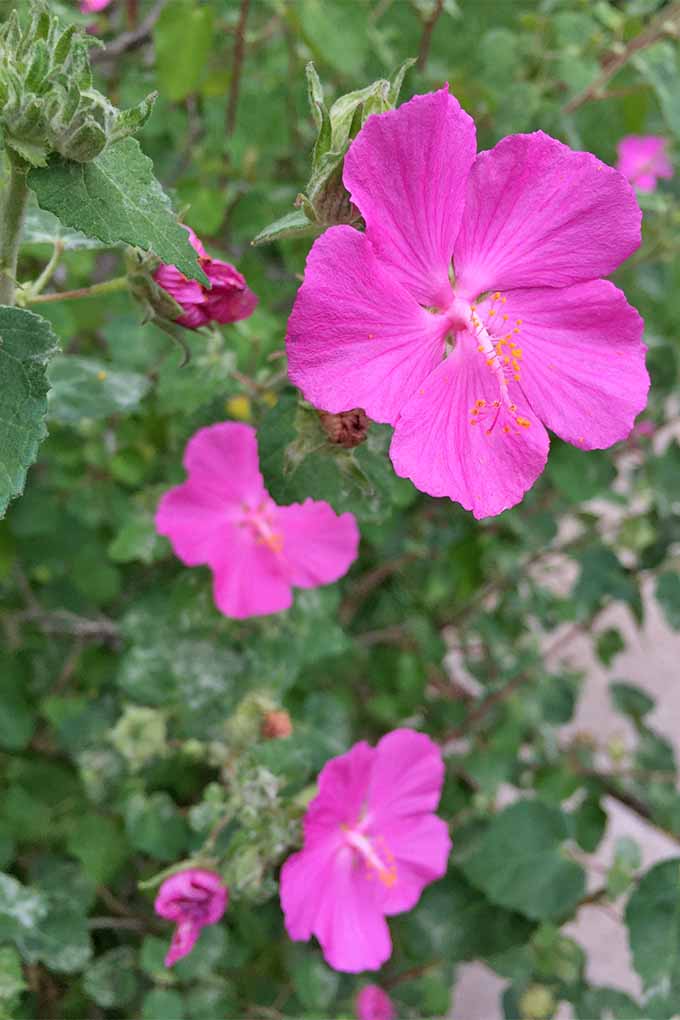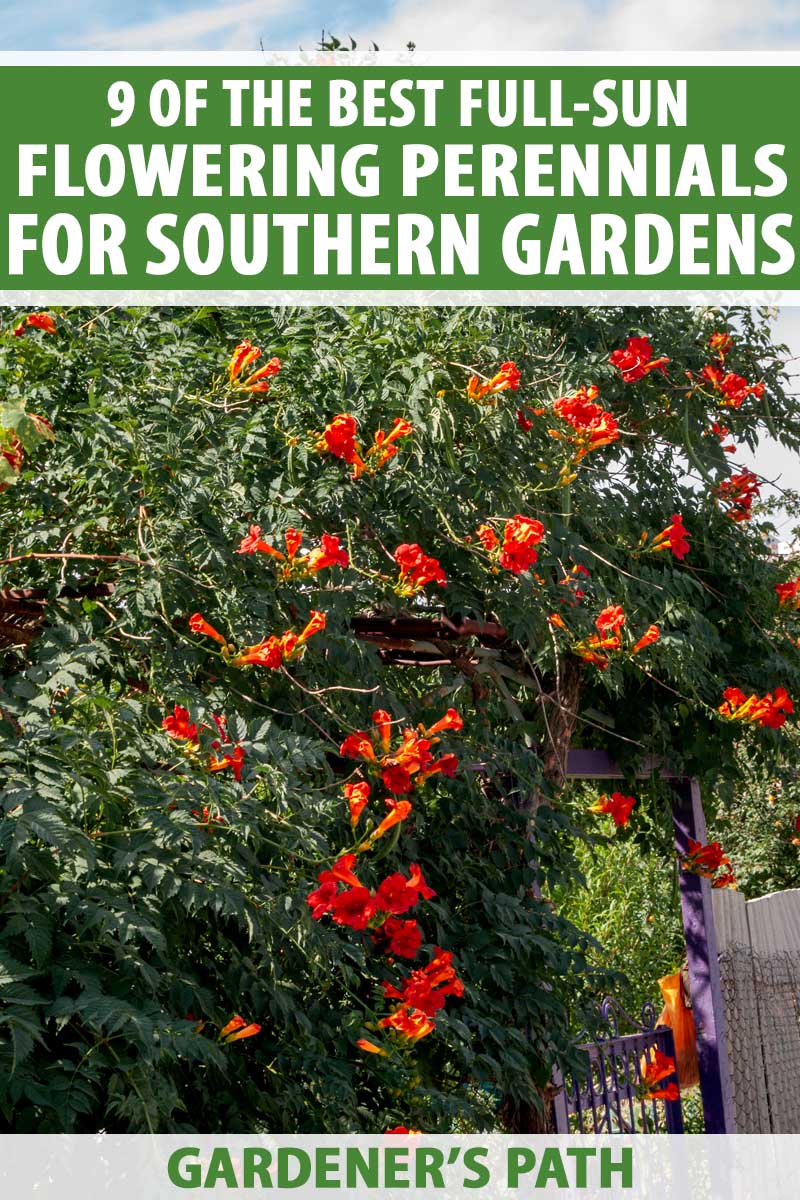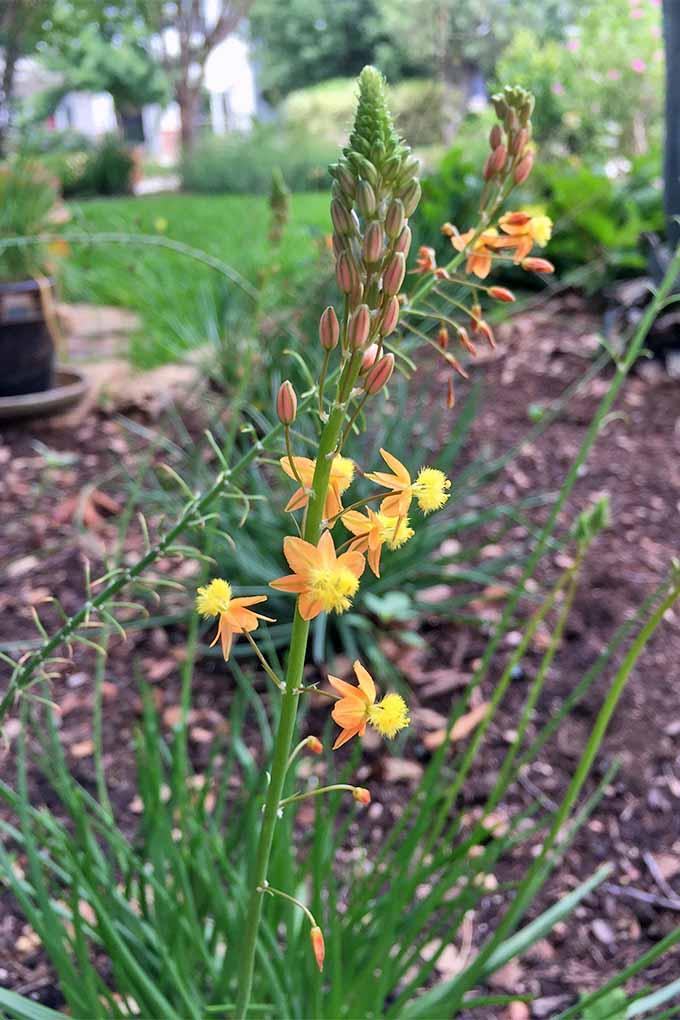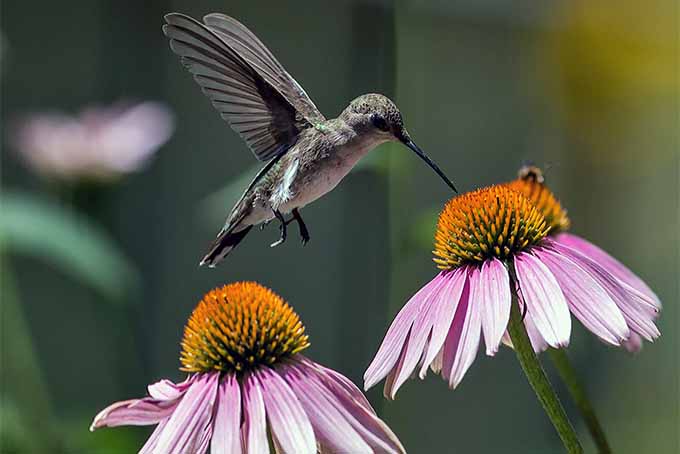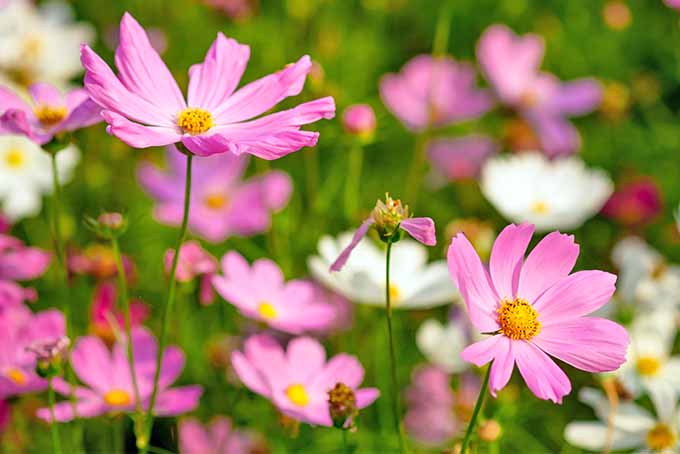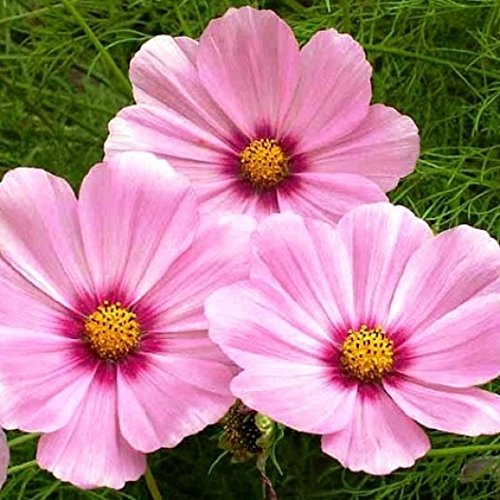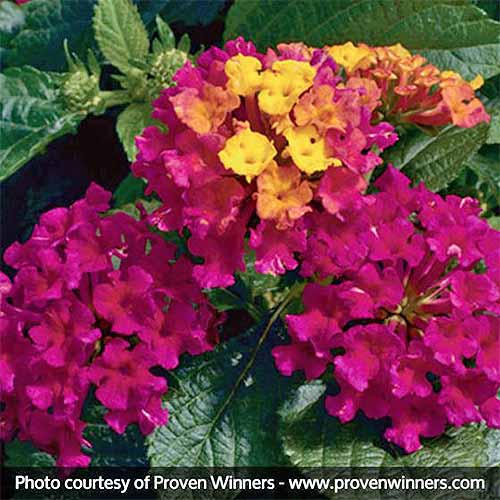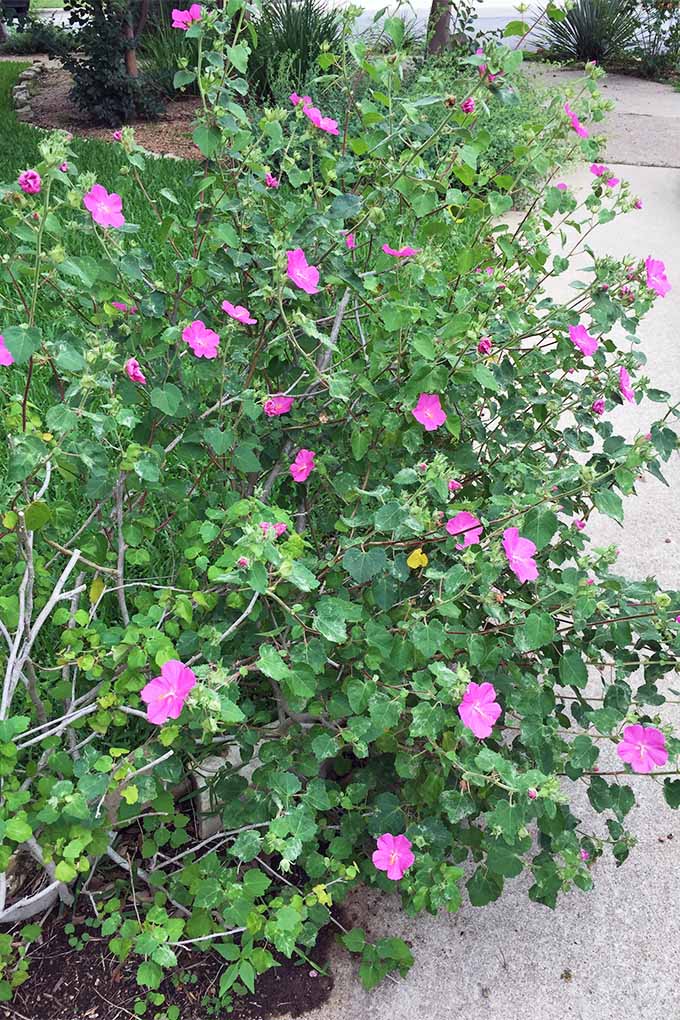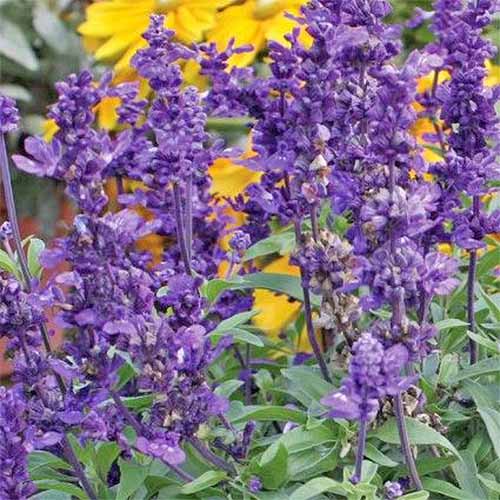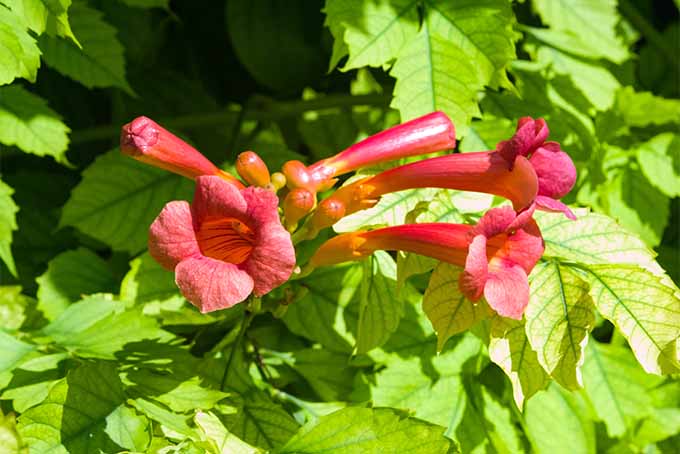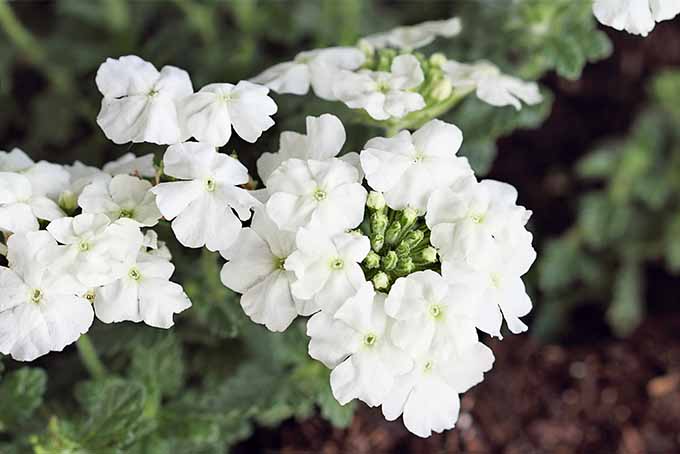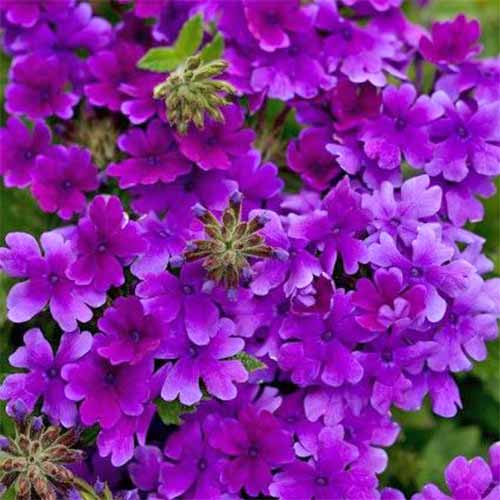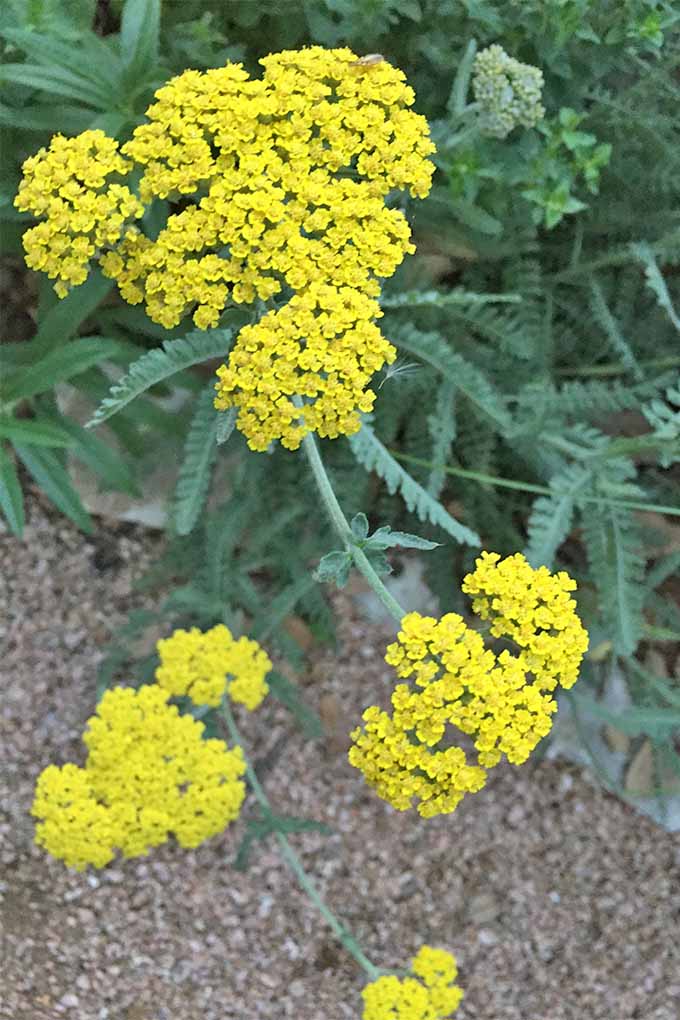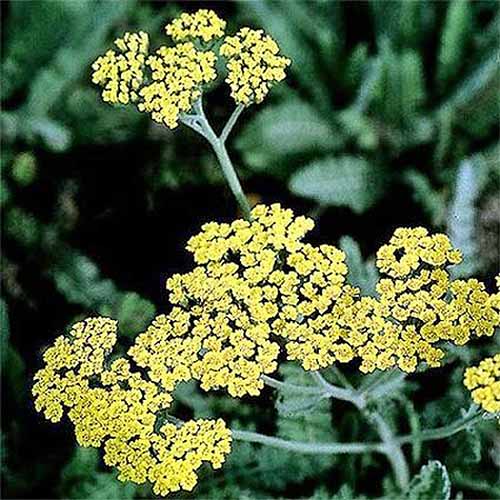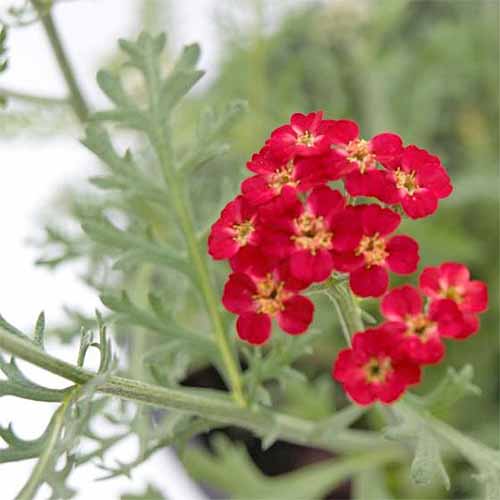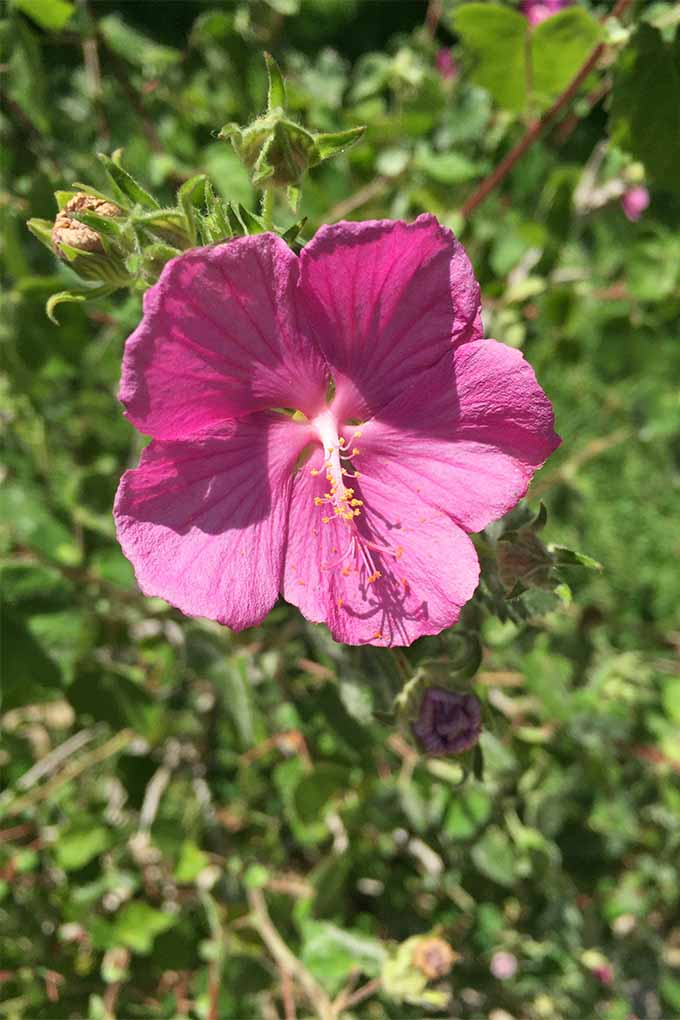But fear not, for Mother Nature provides. She has given the Southern gardener a plethora of spectacular landscape choices that withstand brutal conditions in sparkling fashion. We link to vendors to help you find relevant products. If you buy from one of our links, we may earn a commission. Bulbine frutescens is a perennial, but it has trouble withstanding anything more than a light frost. While my love is endearing, I am occasionally heartbroken when the odd deep freeze in my Zone 8b Austin steals my dear bulbine away. But so lovely is it that, come springtime, I happily the trek to the nursery for new loves to replace the old. Like the other plants on our list, bulbine is heat and drought tolerant, basking in the sun for hours with nary a complaint. Its clumping form gets about 18 inches tall and can spread to about three feet. Whether you get rain only every few weeks or enjoy a daily afternoon sprinkle, bulbine will still perform beautifully. It will even tolerate a little shade, though bloom production may be reduced.
2. Coneflower (Zones 3-9)
This is another one we’ve delved into thoroughly, in this coneflower growing guide.
But let’s have another quick look at coneflower (Echinacea), to refresh our heat-addled memories: Native to the North American plains, many varieties of plant have found a beloved home in America’s more southern climes, where they withstand sun and heat with aplomb. Purple coneflower, in particular, stands up to Southern sun the way a duck feather withstands water. And speaking of water, puh-lease. Southern coneflowers are the camels of the garden, able to go long spells without a drink. Masses of large, daisy-like flowers top tall stems that typically reach about 18 inches. Learn more about different coneflower cultivars to grow in the garden.
3. Cosmos (Zone 3-10)
Another hardy summer performer, cosmos delight with masses of colorful flowers in a wide range of hues well into fall.
Hot, dry conditions are best for this beauty, and they can be grown as perennials in Zones 9 and 10. Don’t try to spoil them with special soil – it’s not their thing, and they often thrive on neglect. Avoid overwatering them as well. They look best in mass plantings, and they’re usually started from seeds, though you may find starts at a nursery. Dwarf varieties do nicely in containers, and keep in mind that cosmos of all types reseed generously. Cosmos makes a nice cut flower for arrangements, too. Learn more about growing cosmos here.
4. Lantana (Zones 3-11)
Considered an invasive pest by some, lantana is nonetheless a go-to space filler for Southern gardeners looking for something that can withstand punishing heat. Sprawling, shrubby plants, they are characterized by their attractive clusters of flowers in a variety of colors, including, yellow, purple, pink, white, and red. In fact, with more than 150 cultivars to choose from, it’s easy to find one that will fit your palette.
‘Bandana Cherry’ Lantana, available from Nature Hills In Austin, my lantanas go to the ground over winter and come roaring back in mid-spring. Further south, they will remain evergreen. Annual plants in USDA Hardiness Zones 3-8, they can be grown as perennials in Zones 9-11. These durable plants thrive in the sun, and are drought tolerant. They can go weeks without supplemental watering, continuing to display their cheerful blooms the whole time.
5. Pavonia (Zones 8-11)
Commonly called pavonia or rock rose, Pavonia lasiopetala is happy to produce masses of sweet and simple bright pink flowers all summer long. Each flower lasts just a day, but there are always plenty more on deck, ready to take over. Similar in appearance to hibiscus, it comes from the same plant family but is native to North America. This perennial shrub is woody at its base and herbaceous up top, growing to two to four feet tall and about as wide. Tough as a hungry hyena, rock rose withstands intense sun, drought, and general neglect. Ours get no supplemental water and no fertilizer, and yet they reward copiously with lovely little flowers. Keep pavonia compact and leafy with frequent prunings; its naturally loose, open-branched form can get leggy and punctuated by deadwood without some occasional snips here and there. While a plant may live only three to six years, it happily reseeds itself quite liberally, so once established, there’s no need to fear a shortage of rock rose.
6. Salvia (Zones 3-11)
We gave you a full report on this heat-tolerant beauty in this salvia growing guide, but here’s a quick reminder of why this plant should be in every Southern garden.
Let’s start with the fact that it’s just beautiful. With flowers in a multitude of colors, and blooms that just don’t quit from spring to fall, salvia is a reliable, months-long performer. And the blooms are excellent for attracting pollinators, like butterflies and hummingbirds.
S. farinacea ‘Evolution,’ available from Nature Hills Nursery Now, it’s important that you select the right cultivar for your area and growing conditions. In a testament to its versatility, salvia includes some types that prefer shade, and others that are happy in a full-sun blast furnace. Some can take the drought conditions of Texas while others appreciate the daily sprinklings common to other areas of the South. And there are also varieties will remain evergreen over winter, while others will die back and flourish again come springtime.
7. Trumpet Vine (Zones 4-9)
If you’re looking for a full sun, heat-tolerant, drought-tolerant, flowering vine, consider trumpet vine, also known as trumpet creeper (Campsis radicans).
Often confused with honeysuckle by non-gardeners, trumpet creepers are native to the southeastern United States, it can grow to a total height of 25-40 feet, with a spread of five to ten feet for each vine. This plant isn’t picky about soil types, doesn’t need to be fertilized, and while it does fine with little water, it’s happy in areas that are soggier, too. The trumpet-shaped blossoms are excellent for attracting hummingbirds. After its bloom period, it goes into overdrive growth mode, covering fences and trellises quickly. Since these vines can grow to be so big and spread so eagerly, be sure to provide them with a sturdy structure to grow on.
Bare Root Trumpet Creeper Plants, available from Nature Hills Flowers blooms on new growth. Incidentally, this plant will do okay in partial shade, though it won’t produce as many flowers as it will in full sun. Prune at will if it gets carried away with its rather aggressive growth habit.
8. Verbena (Zones 7-11)
In the same family as lantana, this flowering ground cover is equally tough, refusing to cave in even the most brutal summer conditions.
In fact, verbena really must have eight to 10 hours of full sun each day to do well. This plant is happy in ordinary soil, as long as it is well-draining. The plant does appreciate a monthly application of a slow-release, complete fertilizer such as 19-5-9 (NPK).
Verbena ‘Superbena Dark Blue,’ available from Nature Hills Like its cousin, verbena blooms seemingly endlessly in a rainbow of colors, especially if given a haircut two or three times each season, including a fall cut back. Sprawling to four feet but only getting eight to 10 inches tall, verbena also makes an attractive container plant. Find out more about verbena now!
9. Yarrow (Zones 3-9)
I remember being tickled a few years back when I was helping my Aunt Karen make floral arrangements for my cousin’s wedding. One of the flowers she had purchased at a flower market in downtown Denver was yarrow (Achillea millefolium).
“I grow these in my garden at home in Austin!” I joyously exclaimed, happy to recognize one of the blooms among the many unfamiliar blossoms more typical of flower arrangements.
Yarrow ‘Moonshine,’ available from Nature Hills A perennial, yarrow begins its long bloom period in late spring, after reaching heights of two to four feet. Its tiny yellow, pink, red, or white flowers form attractive clusters atop stalks with feathery leaves.
Yarrow ‘Paprika,’ available from Nature Hills And while yarrow will take all the heat and sun Southern gardens must withstand, keep in mind that this plant can take two years to become fully established and start blooming. Don’t expect much from it in its first year, but revel in its beauty once it’s firmly a part of your landscape. Still have questions? Read our detailed guide to growing yarrow.
Tough Beauties
Southerners, is your spade itching? If you don’t have every one of these beauties in your landscape, get them ordered and start planning where you’ll plant them. No delicate, melting, water-hogging pansies for us, thank you. We need plants that face the sun, heat, and drought with an emphatic, “Bring it on!” Do you agree with our list? It’s a bit Texas-heavy, of course, so if you’re a Southerner, please share other favorites in the comments section below. If you are looking for more perennial flower suggestions check out these guides next:
17 Temperate Flowering Perennials That Will Grow Almost Anywhere Perennials for Butterfly Gardens Choosing the Perfect Flowering Perennials: 5 for Your Shade Garden 15 Flowering Ground Covers to Meet Landscaping Challenges
Photos by Gretchen Heber © Ask the Experts, LLC. ALL RIGHTS RESERVED. See our TOS for more details. Product photos via The Clayton Farm, Outsidepride, Proven Winners, David’s Garden Seeds, Nature Hills Nursery, and Everwilde Farms. Uncredited top photos by Gretchen Heber. Other uncredited photos via Shutterstock. With additional writing and editing by Allison Sidhu.
